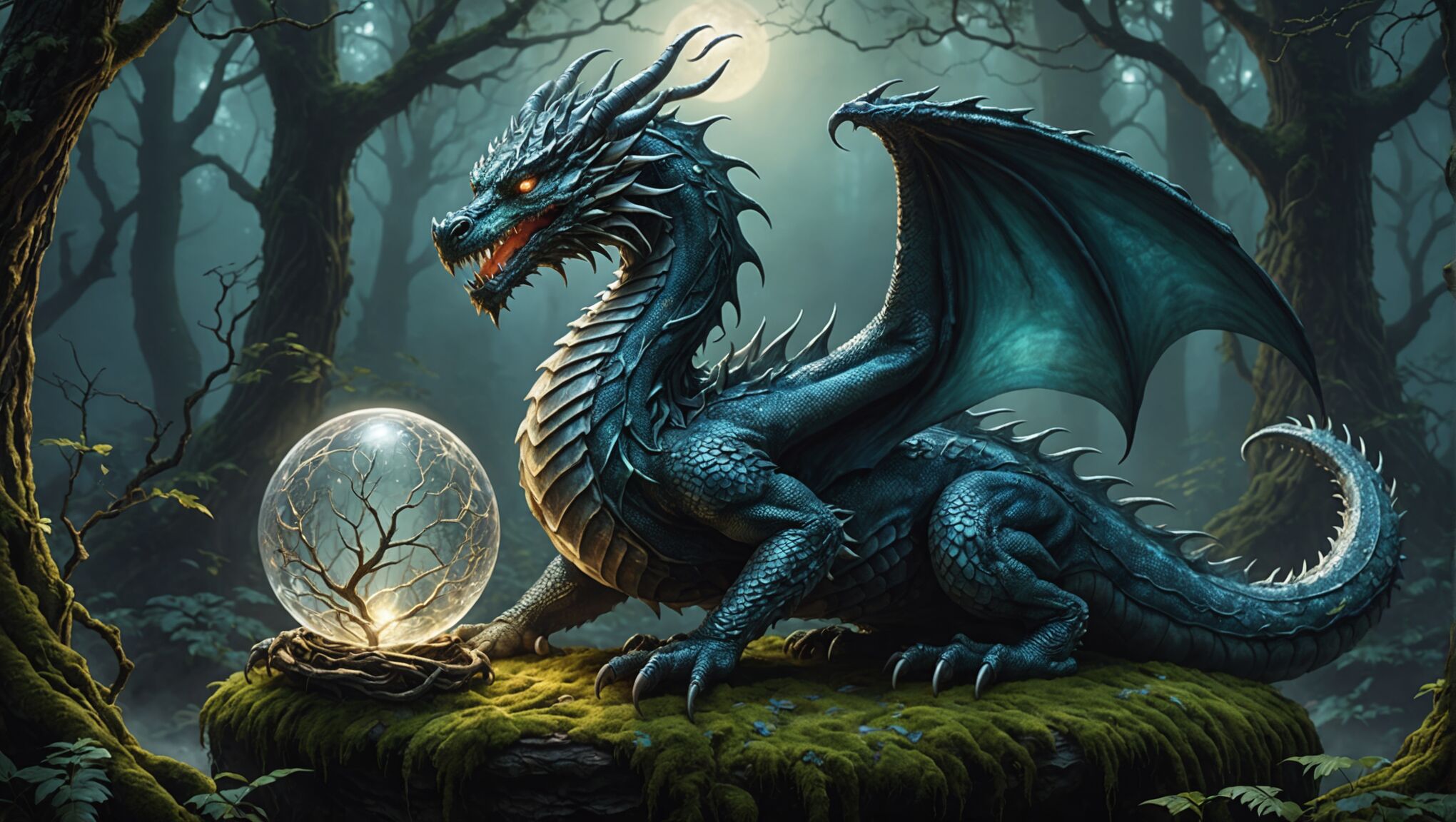blog
The Role of Symbolism in Fantasy Cover Art
Fantasy cover art is replete with a rich tapestry of symbols that instantly transport viewers to otherworldly realms. Among the most prevalent are mystical creatures, such as dragons, unicorns, and phoenixes, each carrying its own set of associations and meanings. Dragons often symbolize power, wisdom, and untamed nature, while unicorns represent purity and magic. Magical artifacts like wands, spell books, and enchanted weapons frequently appear, signifying the protagonist’s journey or the story’s central conflict. “Symbols are the language of the subconscious,” and in fantasy art, they speak volumes about the narrative within.
Celestial bodies play a significant role in fantasy cover imagery. Moons, stars, and suns often feature prominently, hinting at cosmic forces, destiny, or the passage of time. Ancient ruins and mysterious portals are commonly depicted, suggesting hidden knowledge, lost civilizations, or gateways to other dimensions. Forests, mountains, and bodies of water serve as potent symbols of the unknown, adventure, and the forces of nature. Animals, both real and mythical, frequently appear as spirit guides, familiars, or embodiments of natural forces.
Symbolic attire and accessories are crucial elements in fantasy cover art. Cloaks, hoods, and masks convey mystery and hidden identities, while crowns, scepters, and thrones represent power and authority. Jewelry and talismans often hint at magical properties or significant plot elements. The interplay of light and shadow is another powerful symbolic tool, used to represent the eternal struggle between good and evil or to highlight the protagonist’s inner conflict. These common symbols work together to create a visual shorthand that instantly communicates the essence of the fantasy genre and hints at the adventures that await within the pages.
Color symbolism and mood creation
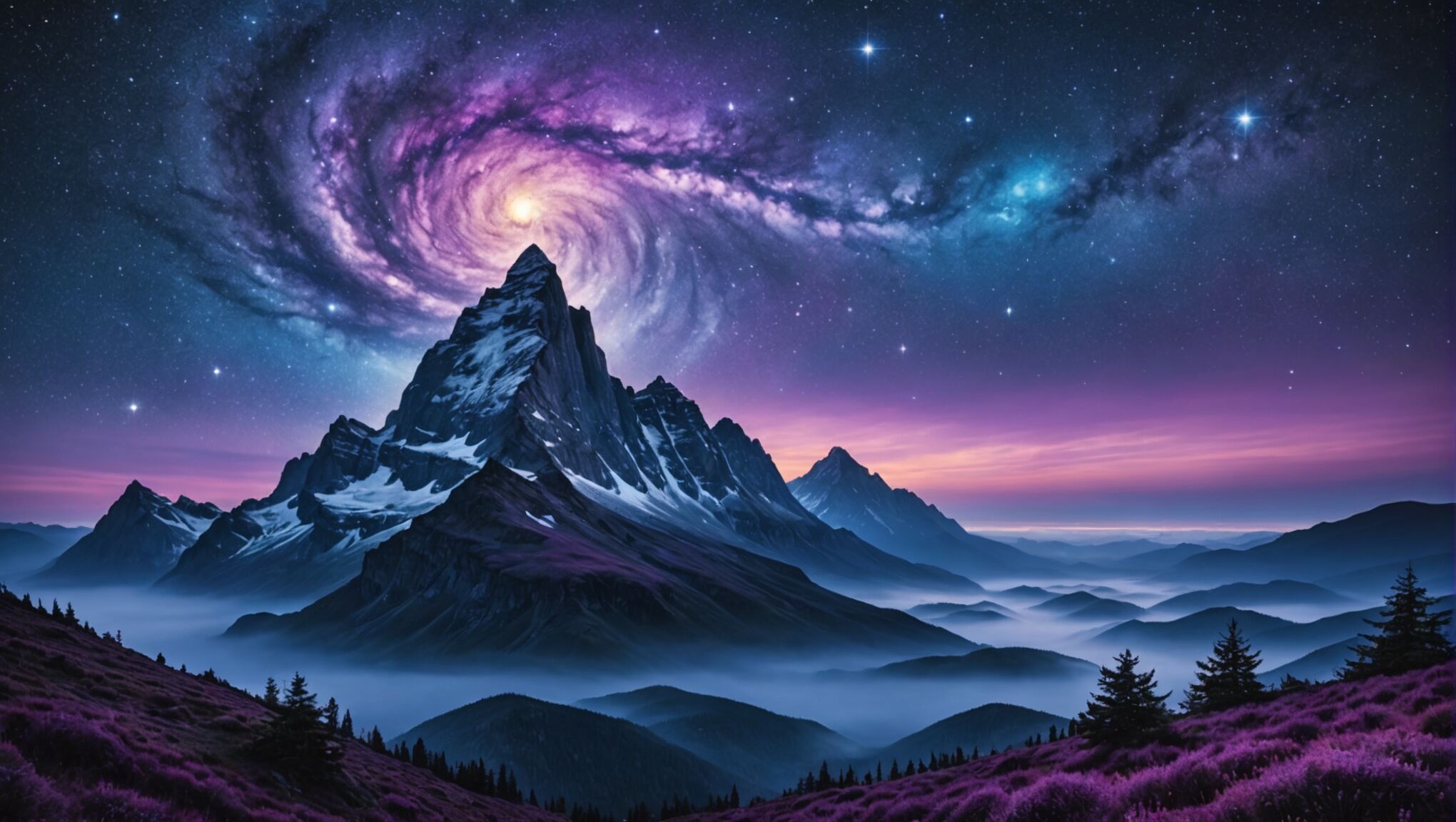 Color plays a pivotal role in fantasy cover art, serving as a powerful tool for creating atmosphere and evoking specific emotions in viewers. The palette chosen by artists can instantly set the tone for the entire work, providing crucial visual cues about the story’s mood and themes.
Color plays a pivotal role in fantasy cover art, serving as a powerful tool for creating atmosphere and evoking specific emotions in viewers. The palette chosen by artists can instantly set the tone for the entire work, providing crucial visual cues about the story’s mood and themes.
“Color is a power which directly influences the soul,” as Wassily Kandinsky once said, and this is particularly true in fantasy art where colors can transport viewers to otherworldly realms.
Warm hues like red, orange, and gold are often employed to convey passion, energy, and danger. A cover dominated by fiery tones might suggest a tale of epic battles, dragon-filled skies, or the raw power of magic. Conversely, cool colors such as blue, green, and purple can create a sense of mystery, tranquility, or otherworldliness. These shades might be used to depict serene elven forests, deep ocean realms, or the ethereal glow of magical artifacts.
Use traditional art for an authentic look. Explore further.
The use of contrast in color schemes can dramatically impact the mood of a cover. High-contrast compositions with stark juxtapositions of light and dark colors can create a sense of tension or conflict, perfectly suited for stories of good versus evil. On the other hand, harmonious color schemes with subtle gradations can evoke a feeling of balance or unity, often used in covers for more introspective or philosophical fantasy works.
Saturation levels also play a crucial role in mood creation. Vibrant, highly saturated colors can suggest vitality, youth, and adventure, while muted or desaturated tones might indicate a more somber, mature, or dystopian narrative. The strategic use of metallic colors like silver and gold can add a touch of regality or magic to a cover, often associated with artifacts of power or divine intervention.
Color symbolism in fantasy cover art often draws from cultural associations. For instance, white frequently represents purity or divinity, while black can symbolize mystery, evil, or the unknown. Green might be used to signify nature, growth, or poison, depending on the context. Purple, historically associated with royalty due to the rarity of purple dye, often denotes nobility or arcane power in fantasy settings.
The background color or gradient of a cover can set the stage for the entire composition. A dark background might create a brooding atmosphere, perfect for tales of dark fantasy or horror-tinged narratives. In contrast, a light or pastel background could suggest a more whimsical or young adult-oriented story.
Artists also use color to guide the viewer’s eye to important elements of the cover. Bright splashes of color against a more subdued background can highlight key characters or objects, immediately drawing attention to crucial aspects of the story.
The psychological impact of color in fantasy cover art cannot be overstated. Blue can induce calmness or melancholy, red can excite or warn, and yellow can suggest warmth or cowardice. By carefully selecting and combining colors, artists can create complex emotional landscapes that resonate with readers before they even open the book.
In recent years, there has been a trend towards more nuanced and sophisticated use of color in fantasy cover art. Artists are experimenting with unexpected color combinations and subtle gradients to create unique moods that defy easy categorization. This evolution reflects the genre’s growing complexity and the desire to stand out in a crowded marketplace.
Iconic objects and their meanings
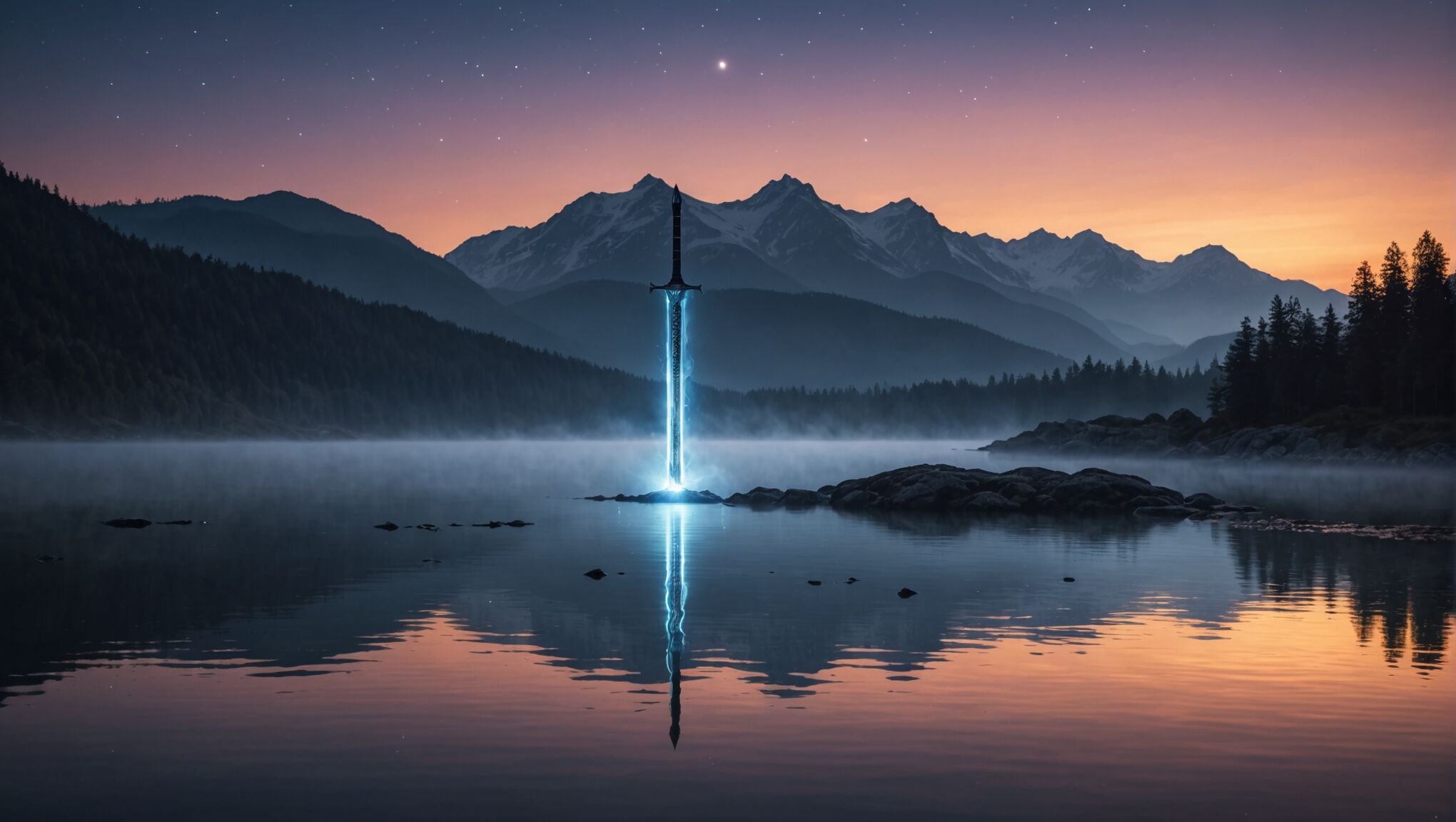
Fantasy cover art often features iconic objects that serve as powerful symbols, instantly communicating key themes, conflicts, or elements of the story within. Swords, for instance, are ubiquitous in fantasy imagery, representing not just conflict and warfare, but also honor, justice, and the hero’s journey. The legendary Excalibur, often depicted emerging from a lake or stone, symbolizes divine right and the qualities of a true leader. Similarly, wizard staffs or wands are visual shorthand for magic, wisdom, and supernatural power, immediately signaling the presence of arcane forces in the narrative.
Crowns and thrones are frequently featured, symbolizing royalty, power, and the weight of leadership. These objects can hint at political intrigue, succession disputes, or the burden of ruling a kingdom. Amulets, rings, and other magical jewelry often play crucial roles in fantasy stories, and their presence on a cover can suggest hidden powers, ancient curses, or quests centered around powerful artifacts. The One Ring from Tolkien’s works has become an iconic symbol in its own right, representing temptation, corruption, and the struggle against overwhelming evil.
Maps are another common element in fantasy cover art, symbolizing adventure, exploration, and the vastness of imaginary worlds. They can also represent knowledge, secrecy, and the uncharted territories that lie at the heart of many fantasy quests. Ancient tomes or spell books frequently appear, signifying forbidden knowledge, arcane secrets, or the power of information in a magical context. These objects can hint at the intellectual or scholarly aspects of the fantasy world, balancing the more action-oriented symbols.
Mythical creatures often serve as living symbols on fantasy covers. Dragons, for example, can represent primal power, ancient wisdom, or untamed nature. Their presence might suggest epic battles, the taming of wild forces, or the delicate balance between civilization and the natural world. Phoenixes symbolize rebirth, renewal, and the cyclical nature of life and magic, while unicorns often represent purity, innocence, and the healing power of nature.
Portals, gates, or doorways are frequently depicted on fantasy covers, symbolizing transitions between worlds, personal transformations, or the threshold between the known and the unknown. These objects can hint at interdimensional travel, coming-of-age stories, or the crossing of boundaries between the mundane and the magical. Similarly, mirrors often appear as symbols of reflection, alternate realities, or hidden truths, suggesting narratives that deal with identity, illusion, or parallel worlds.
Celestial objects like moons, stars, and suns play significant roles in fantasy symbolism. A prominent moon might indicate themes of transformation, mystery, or the influence of cosmic forces. Constellations or star patterns can symbolize fate, divination, or the connection between earthly events and celestial movements. These astronomical symbols often hint at the broader cosmology of the fantasy world, suggesting stories that span not just continents, but entire universes.
The symbolism of these iconic objects is not static; it evolves with cultural changes and genre trends. Contemporary fantasy cover art often combines or subverts traditional symbols to create fresh, intriguing imagery that reflects modern themes and concerns. By carefully selecting and arranging these symbolic elements, cover artists create visual narratives that capture the essence of the stories they represent, inviting readers to embark on fantastical journeys before they even open the book.
Character representation through symbolic elements
In fantasy cover art, characters are often represented through symbolic elements that convey their essence, role, or destiny within the narrative. These visual cues serve as a shorthand, allowing viewers to quickly grasp key aspects of the protagonist or important figures in the story.
Weaponry and armor play a crucial role in character symbolism. A character wielding a specific type of weapon, such as a bow, sword, or staff, immediately suggests their fighting style, background, or magical affinity. For instance, a bow might represent a stealthy ranger or elf, while a massive warhammer could symbolize a dwarf or a warrior of brute strength. The design and ornamentation of these weapons can further hint at the character’s status, magical abilities, or cultural background.
Clothing and accessories are equally important in symbolic character representation. Flowing robes adorned with mystical symbols might indicate a powerful wizard or mage, while a hooded cloak could suggest a mysterious rogue or assassin. Crowns, tiaras, or other regal headpieces instantly convey a character’s royal status or leadership role. The materials and colors of clothing can also be symbolic – leather and earth tones might represent a connection to nature, while silk and jewel tones could indicate nobility or exotic origins.
Facial features and expressions are potent tools for conveying a character’s nature. Piercing eyes, often highlighted or glowing, can suggest magical abilities, inner strength, or a penetrating gaze that sees beyond the ordinary. Scars or other distinctive marks might hint at a character’s troubled past or hard-won experience. The overall expression – whether determined, contemplative, or fierce – can instantly communicate the character’s emotional state or role in the story.
Companions and familiars are frequently used to symbolize a character’s abilities or nature. A wizard might be accompanied by an owl, representing wisdom and nocturnal magic, while a warrior could be flanked by a wolf, suggesting loyalty and primal instincts. Mythical creatures as companions, such as dragons or phoenixes, can indicate a character’s extraordinary status or destiny.
Symbolic poses and gestures can convey a character’s power or role. A figure with outstretched arms commanding elemental forces visually represents their mastery over nature or magic. A character kneeling or bowing might symbolize subservience, dedication, or a moment of great reverence or despair.
Auras, magical effects, or environmental interactions can symbolically represent a character’s inner nature or abilities. A character surrounded by swirling leaves might be connected to nature magic, while one emanating flames could suggest fire-based powers or a fiery temperament.
Here’s a table summarizing some common symbolic elements used in character representation:
| Symbolic Element | Possible Meanings |
| Sword | Warrior, hero, conflict |
| Staff | Wizard, sage, magical power |
| Crown | Royalty, leadership, responsibility |
| Hooded cloak | Mystery, secrecy, roguish nature |
| Animal companion | Special abilities, connection to nature |
| Glowing eyes | Magical sight, inner power, otherworldliness |
The combination of these symbolic elements creates a visual narrative that allows readers to form instant connections with characters, understanding their roles and significance within the fantasy world before even reading a single word of the story. This symbolic representation not only enhances the visual appeal of the cover but also serves as a powerful marketing tool, attracting readers who are drawn to specific character archetypes or themes.
Landscape and setting as symbolic devices
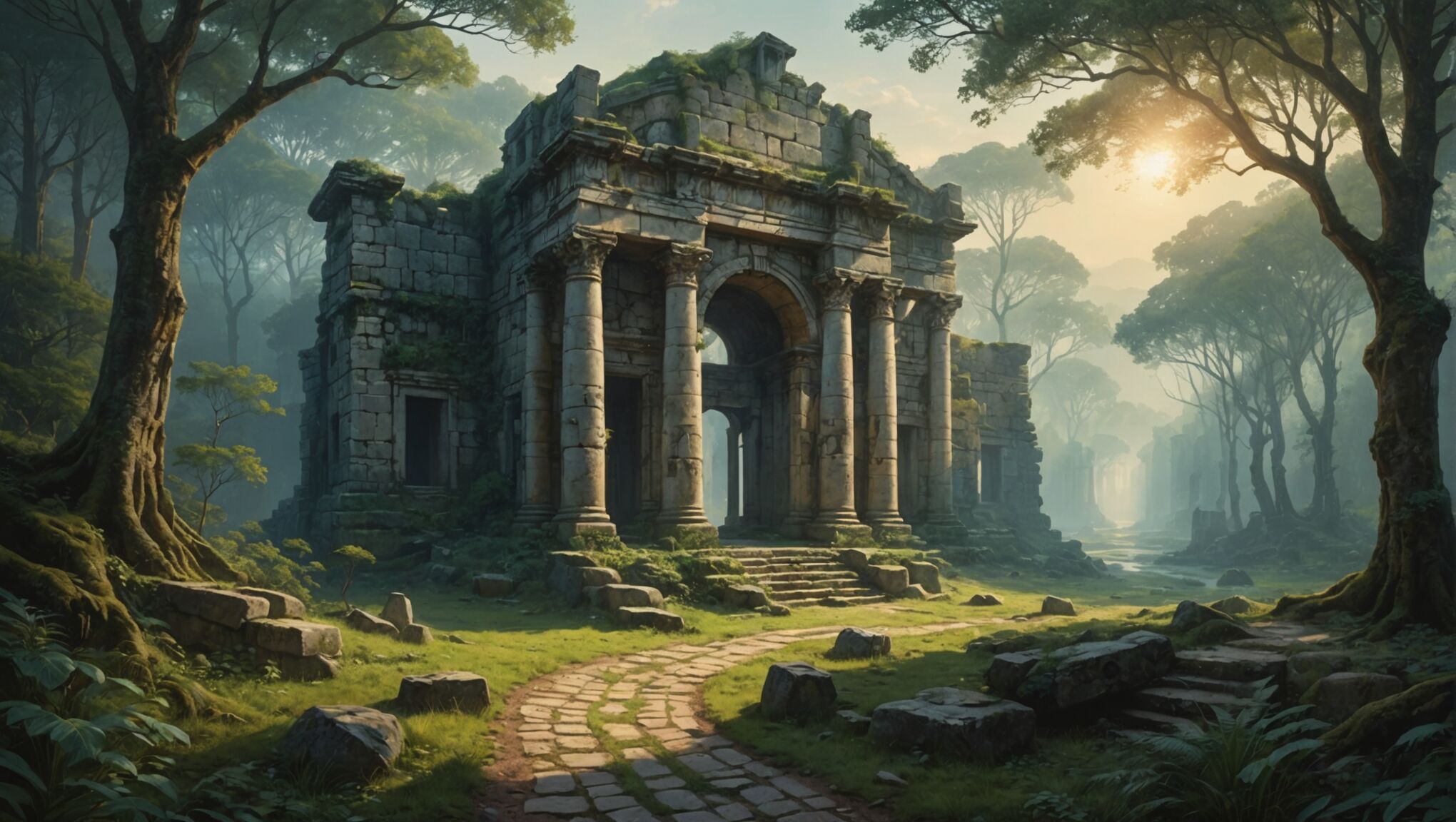 The landscape and setting depicted in fantasy cover art serve as powerful symbolic devices, conveying crucial information about the story’s atmosphere, themes, and the challenges that await the protagonists. These visual elements create a rich tapestry that immerses viewers in the fantasy world before they even open the book.
The landscape and setting depicted in fantasy cover art serve as powerful symbolic devices, conveying crucial information about the story’s atmosphere, themes, and the challenges that await the protagonists. These visual elements create a rich tapestry that immerses viewers in the fantasy world before they even open the book.
Towering mountains often symbolize formidable obstacles, both physical and metaphorical, that characters must overcome. They can represent the arduous journey of self-discovery or the seemingly insurmountable odds faced by heroes. Conversely, vast plains or deserts might symbolize freedom, isolation, or the long road of adventure that lies ahead.
Forests play a multifaceted role in fantasy symbolism. Dark, tangled woods can represent the unknown, danger, or the subconscious mind. Enchanted forests might symbolize magic, transformation, or the presence of ancient, non-human races like elves. The juxtaposition of light filtering through dense foliage can suggest hope amidst darkness or the interplay between good and evil.
Bodies of water are particularly potent symbols in fantasy landscapes. Calm lakes might represent reflection, hidden depths, or portals to other realms. Turbulent seas can symbolize emotional turmoil, unpredictability, or the vast unknown. Rivers often symbolize the journey of life or the flow of time, while waterfalls can represent dramatic change or revelation.
Celestial elements in the landscape, such as moons, stars, or auroras, often symbolize cosmic forces at play. Multiple moons or unfamiliar constellations immediately signal an alien world, while celestial events like eclipses or falling stars can hint at prophecies or momentous events.
Architectural elements within the landscape are rich with symbolism. Ancient ruins suggest lost civilizations, hidden knowledge, or the transient nature of power. Imposing castles or citadels can represent bastions of civilization amidst wilderness, centers of power, or the ultimate goal of a quest. Bridges symbolize connections between different realms or aspects of the self, while towers might represent ambition, isolation, or the pursuit of knowledge.
The very nature of the landscape can be symbolic. Lush, vibrant settings might represent life, growth, and abundance, while barren, desolate landscapes can symbolize decay, hardship, or the aftermath of great conflicts. Volcanic landscapes suggest danger, transformation, and primal forces, while icy realms might symbolize preservation, stasis, or emotional coldness.
Weather and atmospheric conditions in the depicted landscape add another layer of symbolism. Storm clouds can represent impending conflict or emotional turmoil, while a sunrise might symbolize hope, new beginnings, or enlightenment. Mist and fog can create an atmosphere of mystery, obscuring truth and blurring the lines between reality and illusion.
The scale and perspective of landscape elements can also carry symbolic weight. A tiny figure dwarfed by massive natural formations might symbolize the insignificance of individuals in the face of cosmic forces or the daunting nature of the hero’s quest. Conversely, a landscape viewed from a high vantage point might suggest mastery, foresight, or the broad scope of the adventure to come.
Colors used in depicting landscapes carry their own symbolic meanings. A landscape bathed in golden light might suggest a utopian realm or the achievement of a long-sought goal, while a world of ash and shadow could represent a dystopian future or the corrupting influence of evil.
By carefully selecting and combining these landscape elements, fantasy cover artists create symbolic environments that not only set the stage for the story but also resonate with readers on a subconscious level. These visual metaphors invite viewers to ponder the deeper meanings and themes of the work, sparking curiosity and encouraging them to delve into the pages to uncover the full richness of the fantasy world.
As you contemplate fantasy cover art, consider how the landscape elements work together to create a cohesive symbolic narrative. How does the interplay of natural and architectural elements reflect the themes of the story? What emotions or ideas do the depicted environments evoke? By engaging with these visual symbols, readers can deepen their appreciation for the artistry of fantasy covers and gain insights into the complex worlds that await them within the pages of these books.
Evolving trends in fantasy cover art symbolism
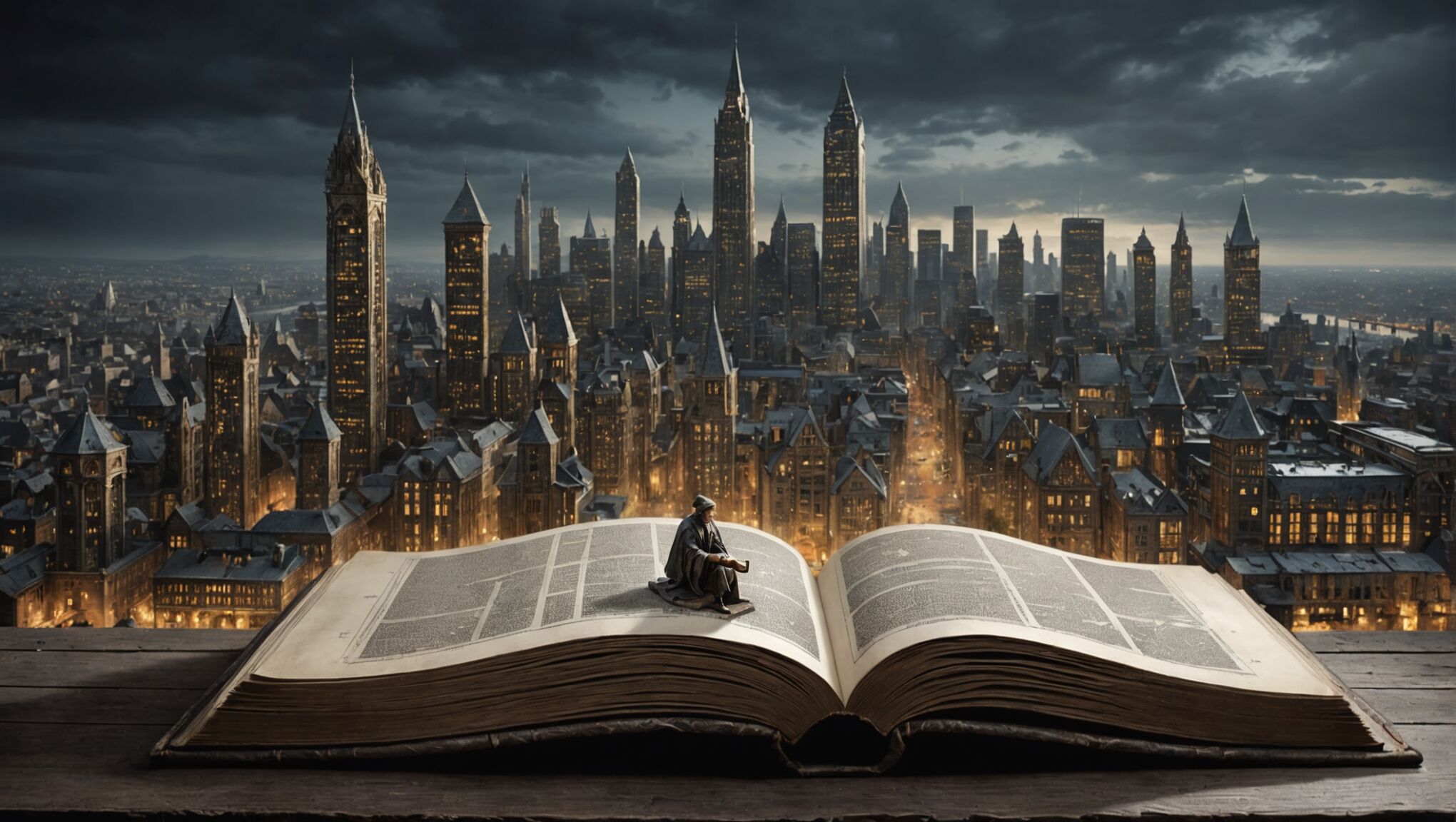
As fantasy literature continues to evolve, so too does the symbolism in its cover art. Recent years have seen a shift towards more abstract and minimalist designs, moving away from the highly detailed, scene-depicting covers of the past. This trend reflects a growing sophistication in the genre and an acknowledgment of fantasy’s broader appeal beyond traditional demographics.
Digital art techniques have revolutionized the field, allowing for more intricate and surreal imagery. Artists are now blending photorealistic elements with fantastical concepts, creating covers that blur the lines between reality and imagination. This approach often results in symbolic representations that are more nuanced and open to interpretation, inviting readers to engage more deeply with the cover before even opening the book.
There’s also been a noticeable shift towards incorporating diverse cultural influences in fantasy cover symbolism. As the genre expands to include voices and stories from around the world, cover art is drawing inspiration from a wider range of mythologies and artistic traditions. This trend not only enriches the symbolic language of fantasy covers but also makes them more inclusive and representative of a global readership.
Contemporary fantasy covers are increasingly using typography as a symbolic element. Innovative lettering designs and font choices are being integrated into the artwork itself, with words and images merging to create unified symbolic compositions. This trend reflects the growing recognition of book titles as powerful marketing tools and symbolic entities in their own right.
Another emerging trend is the use of negative space and silhouettes to create intriguing symbolic imagery. These designs often play with viewers’ perceptions, using clever visual tricks to hide additional symbols or meanings within seemingly simple shapes. This approach adds layers of depth to cover art, rewarding careful observation and repeated viewing.
The rise of urban fantasy and contemporary settings in fantasy literature has led to a new symbolic language that blends modern and magical elements. Cover art for these works often juxtaposes familiar city landscapes with fantastical creatures or magical effects, creating a striking visual representation of worlds where the mundane and the magical coexist.
Environmental themes are becoming more prevalent in fantasy cover symbolism, reflecting growing concerns about climate change and humanity’s relationship with nature. Covers might depict lush, thriving ecosystems intertwined with magical elements, or contrast barren, post-apocalyptic landscapes with signs of renewal and hope.
The influence of social media and digital platforms on book marketing has also impacted cover art trends. Artists are now creating designs that are visually striking and easily recognizable even when reduced to thumbnail size, often relying on bold, iconic symbols that stand out in online marketplaces.
As the lines between different speculative fiction genres continue to blur, fantasy cover art is incorporating elements traditionally associated with science fiction, horror, or even literary fiction. This cross-pollination of symbolic languages creates intriguing visual hybrids that challenge genre conventions and reflect the evolving nature of fantasy storytelling.
There’s a growing trend towards series-wide symbolic coherence in cover art. Publishers are commissioning designs that not only represent individual books but also create a visually unified brand for entire series. This approach often involves developing a consistent symbolic language that evolves subtly from book to book, creating a satisfying visual journey for readers that mirrors the narrative arc of the series.

